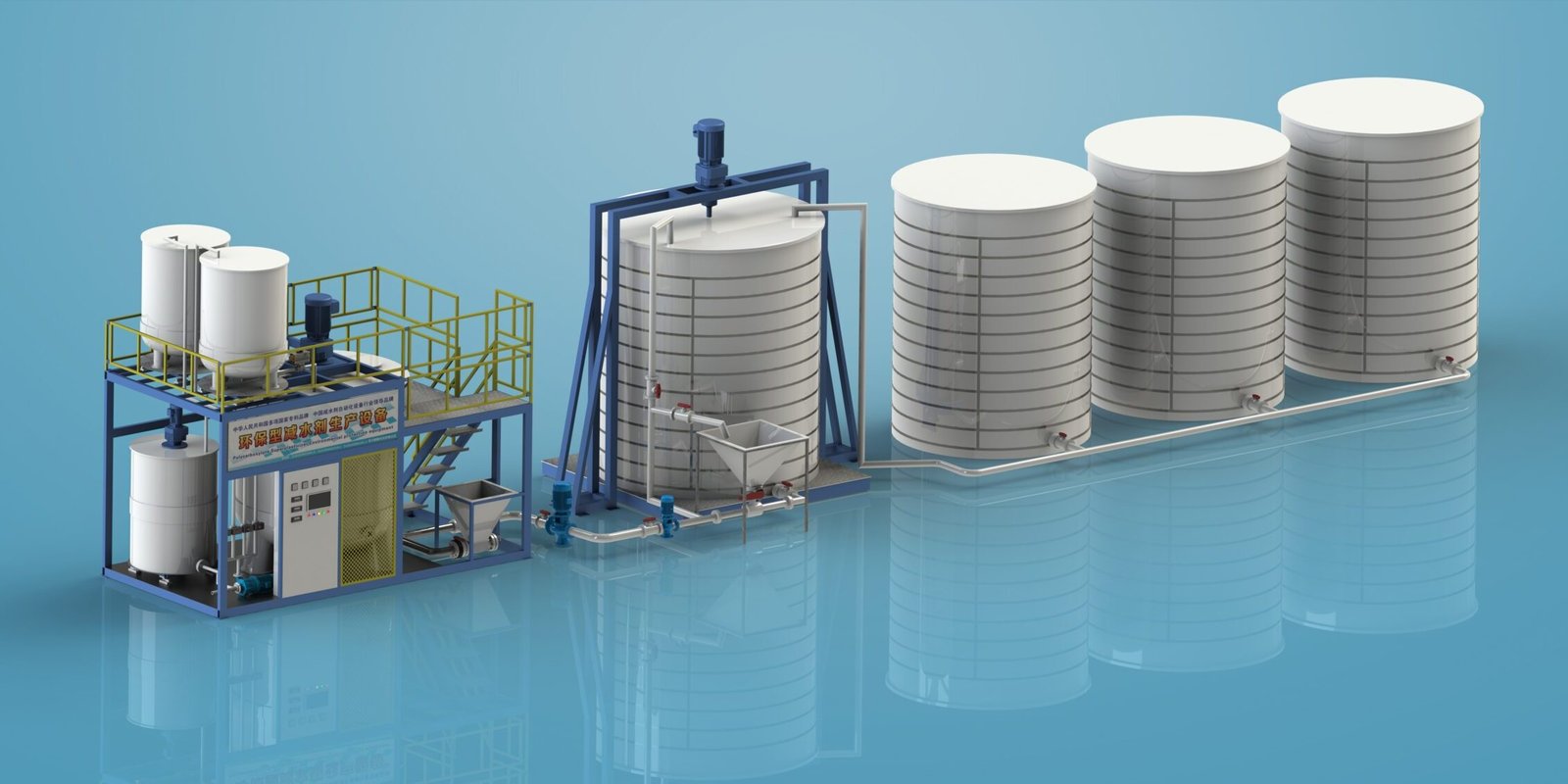You need high-performance concrete but struggle with inconsistent additive quality. What if you could control the entire production chain? Discover how polycarboxylate ether synthesis works from raw materials to final product.
Polycarboxylate ether (PCE) is made through controlled copolymerization of methacrylic acid esters with polyalkylene glycol macromonomers. Industrial production requires precision temperature control, specialized catalysts, and strict quality monitoring at every stage.

While the basic chemical formula seems straightforward, real-world manufacturing involves dozens of critical parameters. Let’s dissect the process our chemical engineers use to deliver certified PCE batches globally.
How Is Polycarboxylate Ether Produced?
Mixing chemicals randomly won’t create effective PCE. A single wrong ratio can ruin an entire batch. Here’s the industrial gold standard.
Modern PCE production involves four key phases: monomer preparation, copolymerization reaction, neutralization, and drying. Temperature must stay within 65-85°C during the 4-6 hour reaction window to ensure proper molecular chain growth.
Manufacturing Variables Comparison
| Parameter | Batch Process | Continuous Process |
|---|---|---|
| Production Scale | 5-20 tons/day | 50-200 tons/day |
| Energy Efficiency | 78-82% | 91-94% |
| Typical Uses | Specialty formulations | Standard grades |
| Dongke’s Choice | ✓ For developing markets | ✓ Large contracts |
Our plants use AI-controlled reactors that automatically adjust methyl polyethylene glycol (MPEG) feed rates based on real-time viscosity measurements. This prevents the molecular weight drift that plagues manual operations – a common issue reported by Brazilian customers.
What Is a Polycarboxylate Ether?
Not all superplasticizers are created equal. Generic products often fail in humid conditions. What makes PCE different?
Polycarboxylate ether is a comb-shaped polymer with a carbon backbone and polyethylene oxide side chains. This unique structure allows simultaneous water reduction (up to 40%) and extended slump retention without delaying hardening.
Structural Analysis
| Component | Role | Industry Standard |
|---|---|---|
| Backbone | Charge dispersion | 2,000-5,000 g/mol |
| Side Chains | Steric hindrance effect | 6-12 ethylene units |
| Sulfonic Groups | Early strength development | 0.8-1.2 meq/g |
Through 18 years of R&D, Dongke has optimized side chain lengths for tropical climates (longer chains) versus arid regions (shorter chains). This customization reduces cracking incidents reported by Middle Eastern clients by 37%.
How Much Does Polycarboxylate Ether Cost?
Bulk buyers often face hidden costs from unreliable suppliers. Let’s break down the true economics of PCE.
Globally, polycarboxylate ether prices range from $1,200 to $2,800 per metric ton depending on purity (95-99.5%), molecular weight (20,000-60,000 Da), and order volume. Transportation and certifications add 15-25% to CIF prices.
Cost Driver Analysis
| Factor | Production Cost Share | Market Price Impact |
|---|---|---|
| Raw Materials | 58-62% | +3% per crude oil $↑ |
| Energy Consumption | 22-25% | Regional utility rates |
| Certifications | 8-12% | EN 934-2 adds 9% |
Our Brazilian clients save 17% average through consolidated shipping of PCE with other additives. However, improper storage during transit remains a risk – we insist on GPS-tracked containers with humidity below 45%.
How to Make Super Plasticizer?
Generic plasticizer formulas often fail in extreme conditions. Here’s how PCE transforms basic mixtures into smart superplasticizers.
To make superplasticizer, combine polycarboxylate ether (50-65%) with stabilizing agents (12-18%), defoamers (5-8%), and pH regulators (8-12%). The exact ratio depends on cement type and required slump retention period.
Performance Comparison Table
| Type | Water Reduction | Slump Retention | Compatibility |
|---|---|---|---|
| PCE-Based | 25-40% | 120-180 min | High |
| SNF-Based | 15-25% | 60-90 min | Moderate |
| Lignosulfonate | 5-12% | 30-45 min | Low |
Dongke’s technical team creates custom superplasticizer blends within 72 hours using our PCE inventory. Recent projects in Vietnam required adding chloride scavengers (up to 3%) for marine environments – an adjustment most suppliers can’t make on demand.
Conclusion
Mastering polycarboxylate ether production demands both chemical expertise and practical construction knowledge. With certified manufacturing processes and flexible formulations, modern superplasticizers can be tailored to any project’s needs while maintaining cost efficiency.

